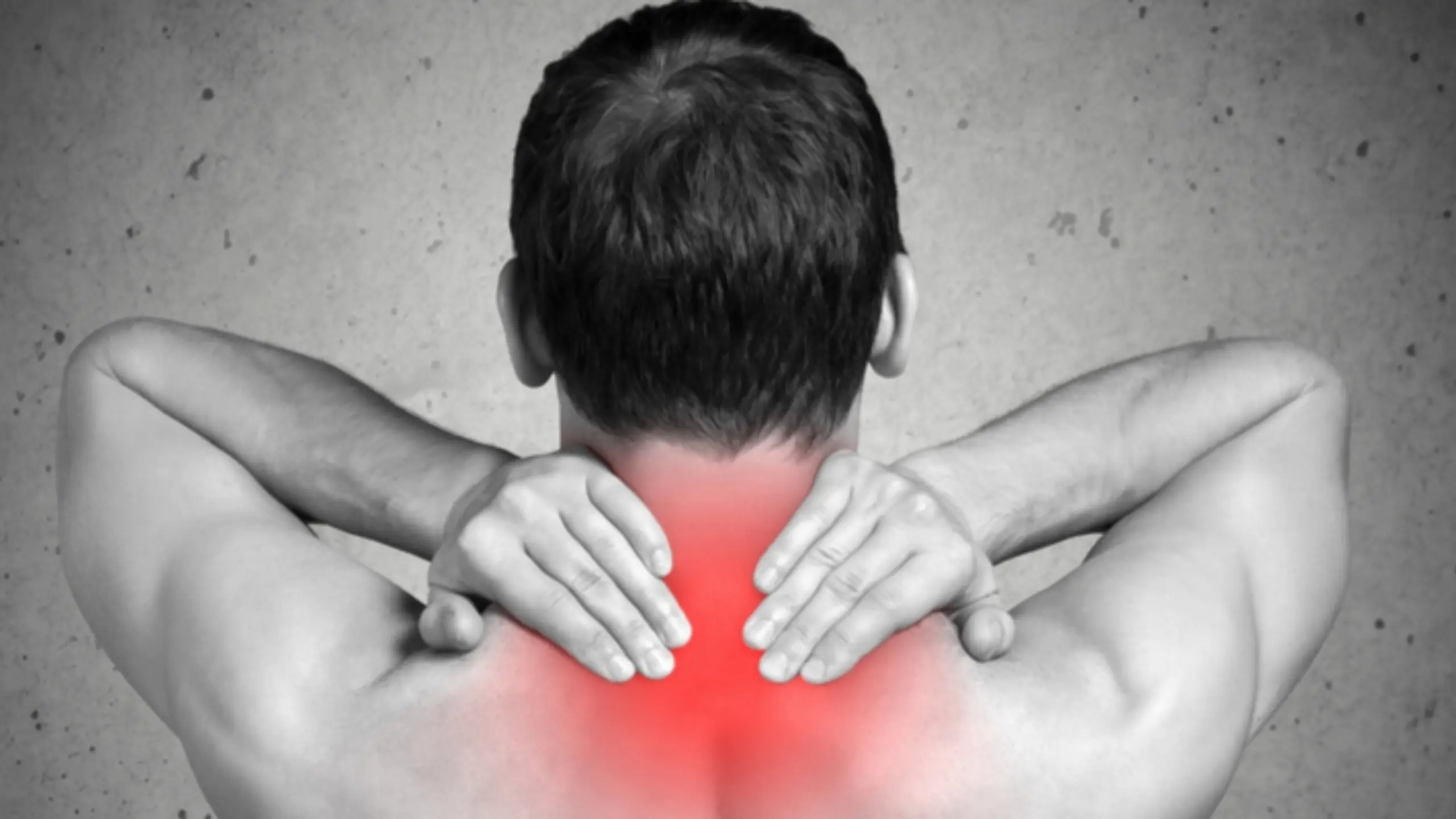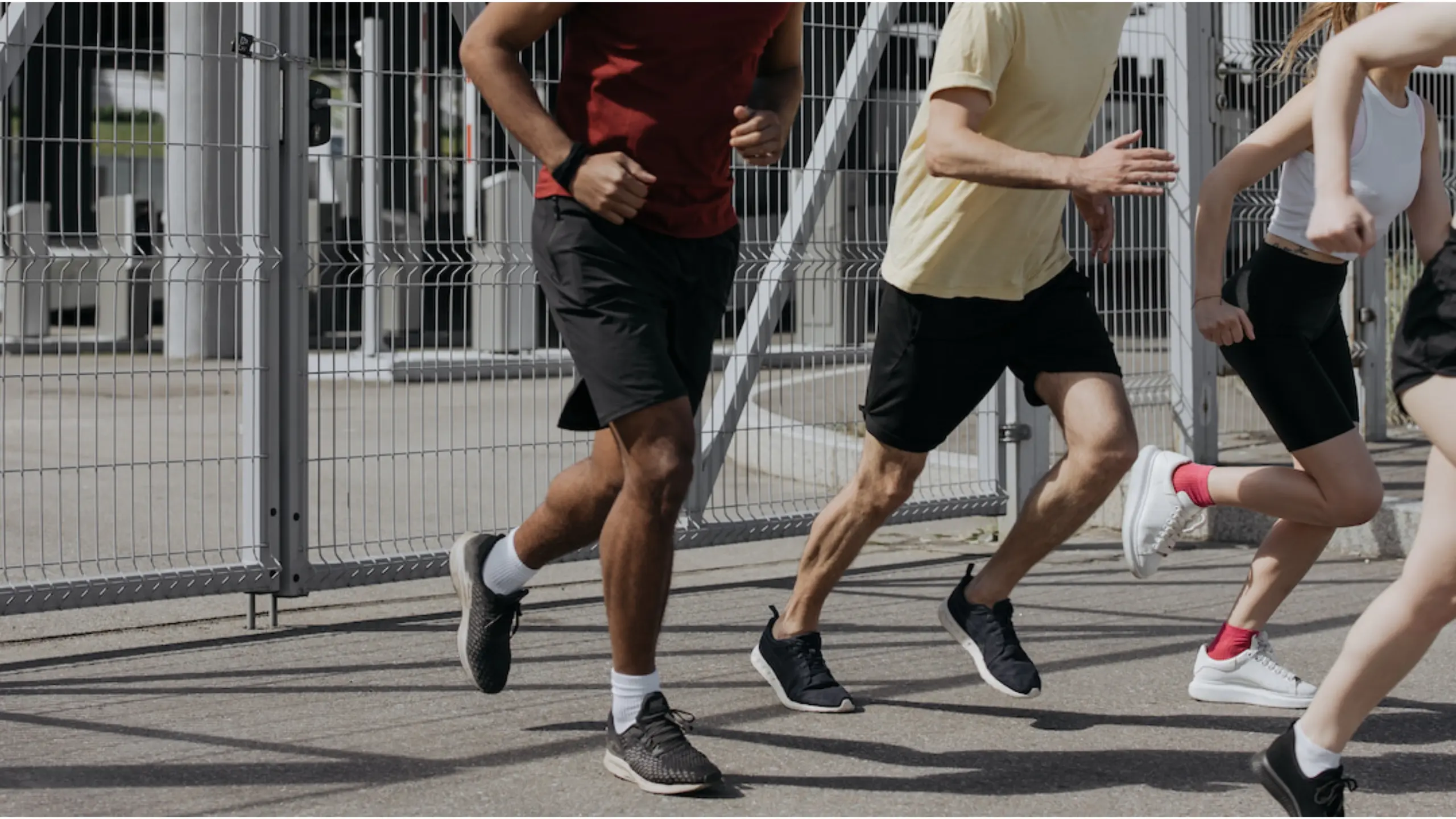Muscle discomfort may be excruciating. They are dealing with muscular pain, whether an athlete or a fitness fanatic, which may be challenging. There are effective methods for relieving muscular pain and returning to your best self. This article includes five tips that will help you get rid of muscle pain and promote faster healing.
Introduction
Muscle soreness, or delayed-onset muscle soreness (DOMS), is the discomfort and agony you feel after strenuous physical activity or exercise. It usually appears 24 to 72 hours after your workout, making basic things difficult. But don’t worry, we’ve got you covered with these helpful hints for finding relief.
What causes muscle pain?
To understand how to cure muscular discomfort, you must first understand what causes it. When you participate in physical activities, your muscles aren’t used to it, and you cause microscopic rips in your muscle fibers. This minor damage causes inflammation and discomfort, which causes muscular soreness. Additionally, lactic acid accumulation in your muscles might lead to post-workout pain.
The Importance of Muscle Pain Relief
Muscle discomfort must be relieved for several reasons. First and foremost, it aids in faster recovery, allowing you to return to your daily routine without pain. It also lowers the likelihood of additional damage and improves general muscle health. By managing muscular soreness, you may enjoy an active lifestyle and the advantages of exercise without experiencing undue pain or discomfort.
Pick the proper workout and warm up nicely.
One of the reasons your muscles become sore is because you do something new or more complex than usual. As a result, tiny tears in your muscles swell and hurt. To avoid this, choose a workout appropriate for you and your goals, and proceed slowly and safely. Wait to do too much too soon or change your activity frequently before first preparing.
Another thing you can do to avoid muscle soreness is to warm up thoroughly before your workout. A warm-up increases blood flow, oxygenating the muscles and warming them. It also prepares your nerves and joints for the movements you will perform. A good introduction should last at least 10 minutes and include some easy cardio and stretches, like the exercises you will do.
Drink water and go to your place.
Drink plenty of water during your workout to stay hydrated and avoid dehydration, which can worsen muscle soreness and cause you to perform poorly. Depending on how hard and long you work out, drink 7 to 10 ounces of water every 10 to 20 minutes of exercise. You can also drink sports drinks or coconut water if you sweat or work out for more than an hour.
Another thing you can do to avoid muscle soreness during your workout is to go at your own pace and avoid going too hard or fast. This can cause lactic acid and other waste products to build up in your muscles, making them sore and tired. Maintain a steady, comfortable pace that allows you to breathe normally and speak without gasping. The rating of perceived exertion (RPE) scale can also determine how hard you work. The RPE scale ranges from 1 (very easy) to 10 (very hard), with most workouts aiming for a score of 5 to 7.
Cool down and stretch.
After your workout, you should stretch and cool down to help your muscles improve and prevent muscle soreness. A cool-down lowers your heart rate, blood pressure, and body temperature, which helps to prevent dizziness and fainting. It also aids in the removal of waste products from your muscles, such as lactic acid, making them less stiff and sore. A cool-down should last 10 minutes and include light cardio and stretches targeting the major muscle groups used.
They help make your muscles more flexible, move better, and get more blood flow. They help your muscles become more flexible, move better, and receive more blood flow, allowing them to heal faster and stretch only when they are warm and relaxed, not when cold, tight, or swollen. You should feel a gentle pull in your muscles, not pain or discomfort.
Use additional aids.
Aside from what we previously mentioned, you can also use other things to help stop or reduce muscle soreness after a workout. Some examples are:
- Foam rolling is a foam tube over your muscles to loosen them up, making them less tight and knotted. Foam rolling has been shown in studies to reduce delayed onset muscle soreness. It may also aid in muscle fatigue and flexibility. You can buy foam rollers where you buy exercise things or online.
- Massage is when someone uses their hands or a massage device to press and move their muscles. Massage can help relieve muscle pain, swelling, stiffness, and stress. It can also improve blood circulation, mood, and sleep. You can get a massage from a professional or use a massage device such as a handheld massager or a massage gun.
- Compression clothing Tight clothing that presses against your muscles, such as socks, sleeves, shorts, or tights. Compression clothing can help reduce muscle soreness by improving blood flow, reducing swelling, and supporting muscles. They can also help you perform better by reducing muscle shaking and fatigue. Wear compression clothing during or after your workout, depending on your preference and comfort.
- Contrast therapy is when you alternate between hot and cold objects, such as water, air, or packs. Contrast therapy can reduce muscle soreness by increasing blood flow, decreasing swelling, and numbing pain. It can also help you improve and perform better by improving how your muscles work and change. Contrast therapy can be achieved by taking a hot and cold shower or bath or applying hot and cold packs to your muscles.
Nutrition and hydration are essential.
Proper diet and hydration are critical to reducing muscular discomfort. A well-balanced diet rich in protein, healthy fats, and complex carbs supplies the resources required for muscle repair and development. Hydration is equally vital since it aids in removing toxins and supports healthy muscular function. Drink plenty of water throughout the day, especially before and after exercise, to keep your muscles hydrated and assist in recovery.
Conclusion
Muscle aches and pains don’t have to hinder your exercise goals or regular activities. Stretching and warm-up exercises, massage treatment, heat or cold therapy, rest and recovery, and correct diet and hydration are all helpful ways to alleviate muscular discomfort and promote a speedier recovery. Remember to listen to your body, take care of your muscles, and incorporate these tactics into your daily routine for best results. Say good-bye to muscular aches and hello to a pain-free, active existence.
FAQs
What is muscle soreness?
Muscle soreness is defined as a sensation of pain, stiffness, or ache in your muscles. It can occur after you exercise, injure yourself, or become ill. There are two types of muscle soreness:
- Acute muscle soreness occurs during or immediately after exercise. It is caused by waste product buildup in your muscles. It goes away quickly.
- DOMS (delayed onset muscle soreness) occurs a day or two after exercise. Small tears in your muscle fibers and tissues cause it. It is more painful and lasts longer.
Why do I get muscle soreness?
Muscle occurs when you do something new or challenging than your muscles are accustomed to. This strains your muscles and causes damage and inflammation. Your body then repairs the damage and strengthens your muscles. This is how you build strength and fitness.
How can I stop muscle soreness?
Follow these steps to alleviate muscle pain:
- Choose the appropriate workout program and warm up properly before exercising.
- During your workout, drink plenty of water and go at your own pace.
- After your workout, stretch and cool down.
- Other things that can help include ice, heat, massage, compression clothing, and contrast therapy.
Is muscle soreness excellent or bad?
Muscle ache is not necessarily a bad thing. It means you’re working your muscles and forcing them to grow. Muscle soreness can also motivate you to keep working out and see results. Muscle soreness, on the other hand, should not be excessive or frequent. You may be overdoing it or injuring yourself if you are constantly sore or in pain. Rest, recover, and adjust your workout routine as needed.
When should I see a doctor for muscle soreness?
Most muscle aches and pains go away independently after a few days. You can treat it at home using the suggestions above. However, you should see a doctor if you have:
- Severe pain that does not improve with rest or medication.
- In the sore area, there may be swelling, redness, warmth, or pus.
- Having difficulty moving or using the sore muscle.
- Fever, chills, nausea, vomiting, or other infection-related symptoms.
- Muscle weakness, numbness, tingling, or sensation loss.
- Muscle pain that does not occur as a result of exercise or injury.




